Optimal Timing for Waterproofing
Waterproofing is a critical process to protect structures from water intrusion, which can lead to damage, mold growth, and structural deterioration. Proper timing for waterproofing ensures maximum effectiveness and longevity of the protective barrier. The optimal time depends on climate, seasonal weather patterns, and the specific type of waterproofing being applied.
Spring offers moderate temperatures and lower humidity, ideal for most waterproofing applications. It allows sufficient curing time before summer heat or winter cold.
Summer provides warm, dry weather that accelerates drying and curing processes. However, high temperatures and rain can pose challenges, requiring careful scheduling.
Fall is suitable for waterproofing before winter, with cooler temperatures and less humidity. It helps prevent water penetration during the colder months.
Winter is generally not recommended due to freezing temperatures and snow, which can hinder proper application and curing of waterproofing materials.

Professional waterproofing work being performed during favorable spring weather.

Application of waterproofing membrane on a building exterior during summer conditions.

Sealing and protective coating being applied to structures in autumn for winter readiness.

Ways to make Waterproofings work in tight or awkward layouts.
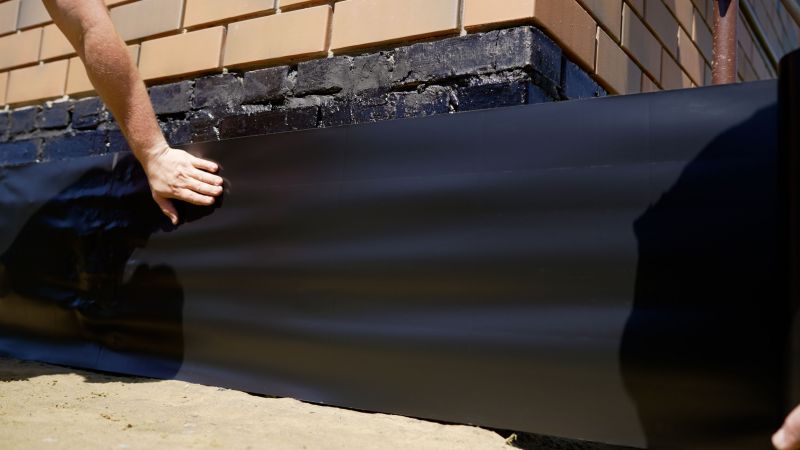
Popular materials for Waterproofings and why they hold up over time.

Simple add-ons that improve Waterproofings without blowing the budget.
| Season | Optimal Conditions |
|---|---|
| Spring | Moderate temperatures, low humidity, dry days |
| Summer | Warm, dry weather with minimal rain |
| Fall | Cooler temperatures, less humidity, dry days |
| Winter | Cold, freezing temperatures, snow, not recommended |
Waterproofings involve applying specialized materials to prevent water infiltration in building foundations, roofs, and other critical areas. These materials include liquid membranes, sheet membranes, sealants, and coatings designed to withstand water pressure and environmental exposure. Properly timed waterproofing can extend the lifespan of structures, reduce maintenance costs, and prevent water-related damages. Statistics indicate that correctly applied waterproofing can reduce water intrusion incidents by over 80 percent and significantly delay the onset of structural deterioration.

Applying protective membrane to a building foundation to prevent water seepage.
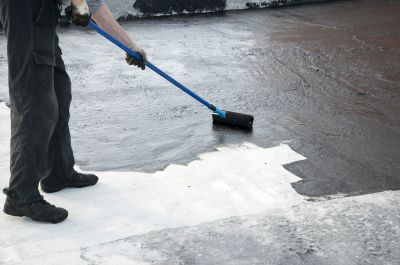
Applying waterproof coating to a flat roof surface during optimal weather conditions.

Sealing joints and cracks to prevent water entry in exterior walls.
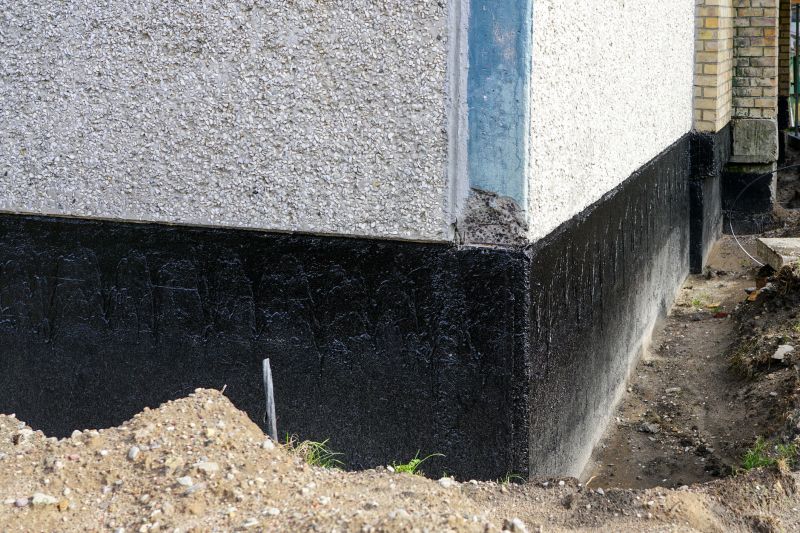
Construction site showing waterproofing layers being installed.
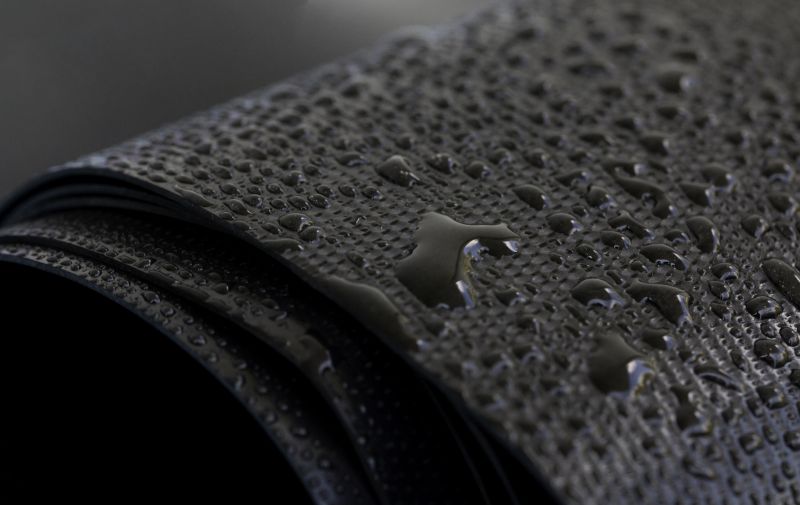
High-end options that actually feel worth it for Waterproofings.

Finishes and colors that play nicely with Waterproofings.

Little measurements that prevent headaches on Waterproofings day.
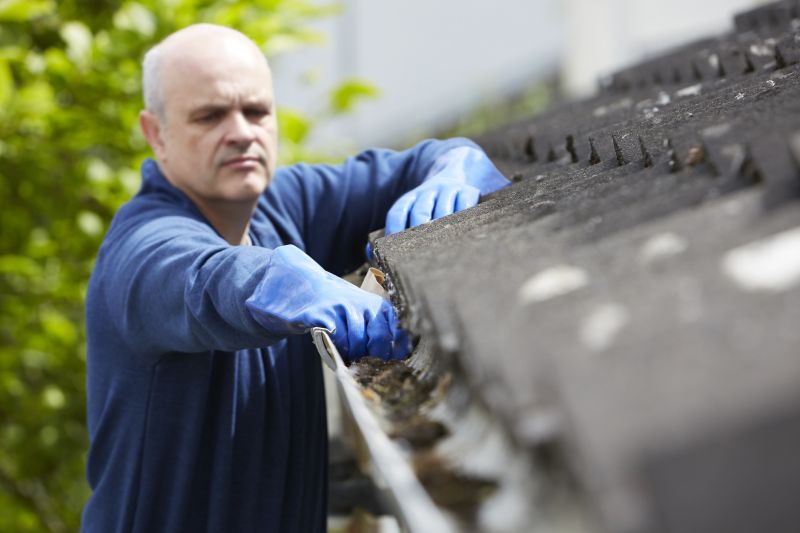
A 60-second routine that keeps Waterproofings looking new.
Individuals interested in waterproofing services are encouraged to contact for more information. Proper timing and application techniques are essential to ensure the effectiveness of waterproofing measures. Consulting with professionals can help determine the best schedule based on local climate and project specifics.

